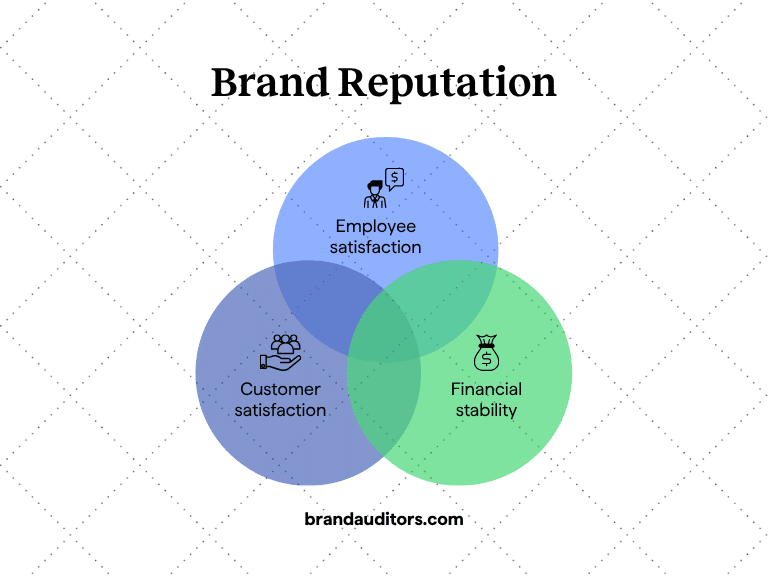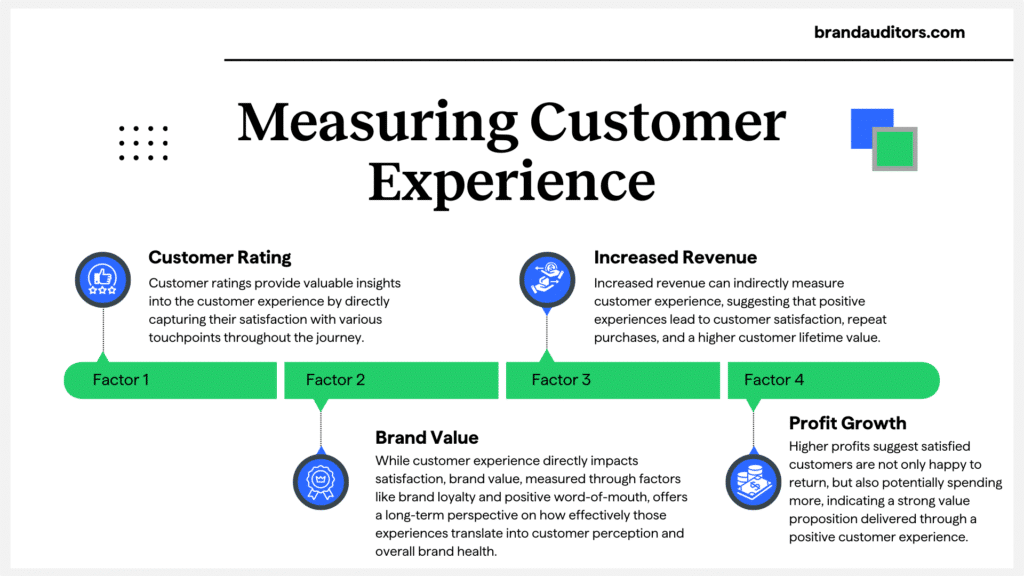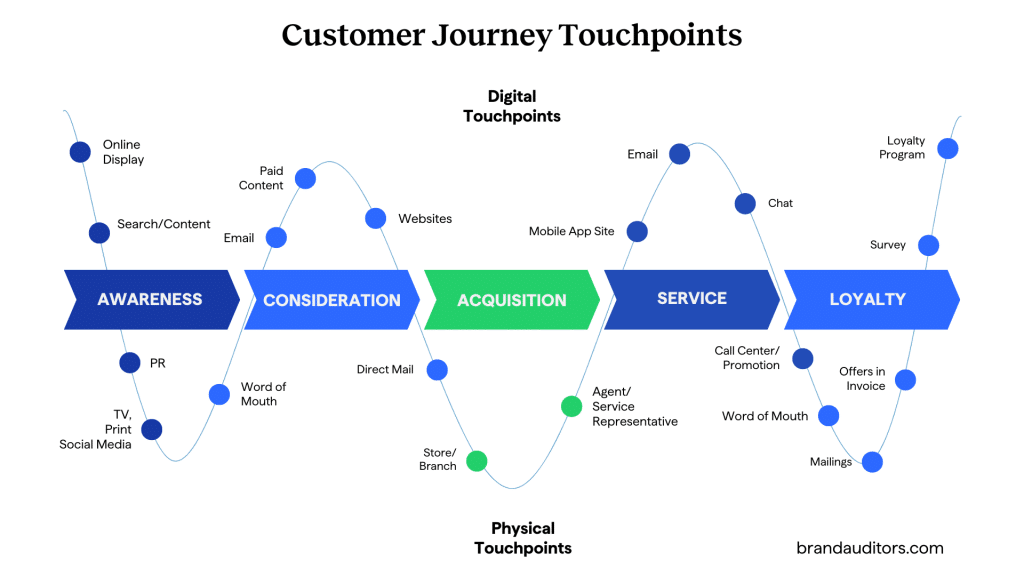Value Creation Strategy for Sustainable Growth and Resiliency
Discover how to build a high-impact value creation strategy that drives profitability, trust, and long-term enterprise value.
August 5, 2025

Lasting business value is at the heart of every successful brand.
However, the value we’re talking about here isn’t limited to products and services. Of course, it is important for those to deliver value to the customer. But to develop value that makes an impact and fuels long-term equity requires organizations to focus on meeting market needs, earning customer trust, and maintaining a strong competitive advantage.
A value creation strategy provides business leaders with a clear framework to deliver and achieve higher value in the eyes of their customers, stakeholders, and the organization as a whole.
What is value creation in business?
Value creation occurs when brands develop real benefits (tangible and intangible) that customers and employees find essential. These benefits encompass every link in the value chain, potentially including higher profits, a stronger brand reputation, happier customers, and resilient operational efficiency.
These outcomes, and others like them, are the cornerstones of effective value creation. As a result, teams, departments, and resource allocation continue to support the company in its efforts to meet the needs of the market while remaining agile.

The modern value creation model
Traditional financial metrics don’t capture the true drivers of long-term profitability. Today, a strategic value creation strategy encompasses profits as well as brand reputation, company culture, robust systems, and adaptability.
Leaders must look beyond the financials and ask key questions, such as:
When companies have a more complete view of value, it helps them build a solid foundation and stay resilient, even in volatile times.
How people create value for companies
Value creation is only as strong as the people behind it. The creation process starts by building skills across the organization and encouraging teamwork between departments.
Here are a few key steps to consider:
- Set shared goals across teams to keep everyone on the same page and moving in the same direction.
- Create a proactive, problem-solving culture instead of relying on checklists to cover the bases.
- Invest in employee training to prevent the business from over-relying on one or a few key individuals.
Strong leadership ensures that teams are ready to carry out the strategy, even during times of uncertainty.
Enhancing stakeholder trust
Value creation shows a true commitment to all stakeholders, including customers, employees, investors, and the community. The commitment shows up as ethical business practices, clear operations, and stable performance.
For example, sustainability has become a major value driver. But it’s also a buzzword. Companies that commit to environmental and social responsibility often stand out from competitors. Those who fake it in the name of higher profits could risk serious damage to the brand’s reputation.
In the same way, open communication and rapid responses build trust with investors and customers alike. Once trust is lost, it’s tough to recover. Pricing power and market position also suffer as a result.
Operational agility and sustainable value
Markets are unpredictable. Sooner or later, every business will face an unexpected situation. They must be prepared to adapt. Brand leaders who prioritize resilient operations and flexible processes stand the best chance of turning the uncertainty into an opportunity.
Resilient operations stem from having alternative supply chains, responding quickly to competitor threats, and constantly improving internal planning to mitigate challenges before they become real problems.

Value creation strategies: Emerging trends
The value creation process is changing. Technology and shifts in the workforce are all shaping how companies grow and compete. Let’s explore key drivers in the current market landscape.
Artificial Intelligence is being used to elevate strategic decisions
Businesses are using AI for continuous innovation and differentiation. AI is also used to process vast sets of data. Companies can find trends or patterns that empower them to make faster decisions and personalize the customer experience like never before.
AI can also be used to improve operations and predict demand. Advanced algorithms and machine learning give businesses predictive capability. They can use these insights to optimize supply chains and reduce operational costs.
Sustainability and social responsibility as core values
Social and environmental responsibility have taken center stage in recent years, whether it’s cutting carbon emissions or using ethical suppliers. Companies that make these initiatives part of their everyday operations often reduce risk and create an additional competitive edge.
However, it isn’t advisable to jump on the social or sustainability bandwagon unless the company is willing to make a serious commitment to the cause. Otherwise, customers may find your business guilty of “greenwashing.”
The gig economy
Hiring gig workers gives businesses more flexibility and access to expert skills when needed, without the long-term commitment that comes with hiring employees. A smart value creation strategy can tap into this trend to fill project gaps without stretching internal teams too thin.
Real-world case study: Unilever and the Triple Bottom Line
In the early 2010s, Unilever, one of the world’s top consumer goods companies, faced a familiar challenge for legacy brands: how to drive sustainable growth in a market full of competition and rising consumer expectations.
Under CEO Paul Polman, the company realized that focusing on shareholder value alone wasn’t enough. To stay relevant, Unilever needed a value creation strategy that connected with a wider group of stakeholders.
That’s when Unilever introduced the Sustainable Living Plan (USLP), a bold strategy built around the “Triple Bottom Line”—people, planet, and profit. This initiative became the guidepost for all business operations.
Some key parts of the strategy included:
- Sustainable sourcing: Unilever sourced agricultural materials in a sustainable way, which helped to cut long-term supply chain risks and lowered costs.
- Brand purpose: Each sub-brand was given a clear mission tied to a social or environmental cause. An example is Dove’s promotion of self-esteem with its “Real Beauty” campaign.
- Resource efficiency: The company rolled out programs to reduce water use, waste, and carbon emissions. These efforts helped improve operations and save money.
The quantifiable impact
The Sustainable Living Plan (USLP) proved to be a big success, showing that focusing on social and environmental value can generate strong financial results.
- Faster growth: Unilever’s “Sustainable Living Brands” outperformed the rest of its portfolio. In 2017, they grew 46% faster and made up 70% of the company’s total growth.
- Cost savings: By using fewer resources, like energy, water, and raw materials, Unilever saved nearly $700 million by 2017.
- Stronger brand reputation and loyalty: Unilever’s focus on sustainability boosted its reputation with eco-conscious consumers and investors. The increase in brand equity helped the company hold its pricing power and build customer loyalty in a crowded market.
- Attracting and keeping top talent: A clear commitment to purpose drew in high-quality talent, especially younger workers looking for meaningful careers. It also boosted employee engagement and helped lower turnover costs.
Unilever’s results proved that its approach to value creation can benefit the business, its people, and the planet.

The private equity model
For private equity firms, value creation is the sole driver of their business model. Their approach provides a masterclass in identifying and accelerating value.
Unlike public companies that face short-term market pressures, PE firms apply a rigorous, long-term strategic plan focused on operational improvements, revenue growth, and capital structure optimization.
This model demonstrates that a hands-on, disciplined approach can unlock immense value and serve as a powerful benchmark for any leader seeking to maximize their organization’s potential.
A framework for value creation success
Creating value takes a clear, structured approach. To succeed, businesses must take advantage of the right opportunities, deliver real results, and fully capture value when they can.
Here’s a simple framework you can use, with practical steps and examples.
Understand customer needs
Value creation starts with your customers. So, you must first understand what they truly want and need. However, basic information and feedback rarely provide more than guesses or surface-level assumptions.
Brands can use tools like surveys, focus groups, and social media listening to gather statistics, data, and sentiment. For example, a retailer might discover through customer feedback that their website is difficult to use or that the brand needs to improve its app experience.
Examine pain points across the entire customer journey. If shoppers are abandoning carts because shipping costs aren’t clear, adding upfront pricing can solve the issue almost immediately.
When you have an in-depth understanding of your customers, you can create real value that the target audience can’t ignore.
Clarify unique value propositions
Your unique value proposition (UVP) communicates what makes your business stand out. It informs both internal stakeholders and external customers about what sets the organization apart from its competitors. A strong UVP is clear, convincing, and shows up in every part of your business.
An effective UVP explains how your product or service solves a problem in a way others don’t. But it does this in the simplest of terms.
Back up your claims with proof. Share statistics, customer testimonials, or case studies. A health tech company, for instance, might highlight how its app cuts consultation times by 40%. This may be a hard thing for competitors to replicate.
When every customer interaction reinforces your UVP, people feel more confident that you can deliver value.
Enhance the customer journey
Delivering value isn’t something a company does once per customer. It’s about creating great experiences at every step of the customer journey.
The best way to get started is to map the full customer experience and identify areas for improvement. For instance, if your customer support chatbot is causing frustration, consider replacing it with another app or revising the process to make things easier for customers.
Amazon’s one-click purchase is a great example. It removes friction and makes buying fast and simple.
What happens after the sale can often be more important than what happens before. Send follow-up messages or offer helpful tips so customers get the most out of your product. This is the kind of support that encourages repeat business.
When you keep improving the customer experience, you boost satisfaction, build loyalty, and keep people coming back.
Leverage partnerships
Collaboration helps businesses expand what they can offer and deliver more complete solutions.
Look for companies that serve the same audience but meet different needs. For example, a workout app could team up with a health supplement brand to create value-added bundles for fitness-focused customers.
Set clear goals for your partnerships. Co-marketing should benefit both sides and lead to tangible results, such as reaching more customers or enhancing your overall offerings.
The right strategic partnerships can open doors that your business couldn’t open on its own.
Track relevant metrics
Metrics are key to tracking your value creation and making smart improvements over time.
Don’t over-focus on surface-level numbers like website traffic. Instead, consider meaningful metrics like customer retention, Net Promoter Score (NPS), and profit margins.
For example, a high NPS usually means most customers are happy. Low churn means you’re doing a good job of keeping them around.
KPI dashboards can be used to track these numbers in real time. Examples are Google Analytics and HubSpot. Both make it easy to track what matters most and where friction in the customer journey may occur.
When you focus on the critical data, you’ll get insights that help you fine-tune your strategy and create even more value.

Quantifying value and measuring ROI: The CFO’s perspective
For CFOs, value creation is a financial necessity. For example, customer satisfaction and brand reputation matter, but only when they generate real business results.
A strong creation strategy needs a clear, measurable way to show return on investment (ROI) for every initiative.
Here’s how to turn strategy into financial performance:
1. Set KPIs and baselines. Before launching anything, define your Key Performance Indicators (KPIs) and set a starting point. If your goal is to improve the customer journey, for example, you might track lower churn rates or higher customer lifetime value (CLV).
2. Measure financial impact. To prove results, you need to isolate the impact of your efforts. Use A/B testing or compare against a control group. This makes it easier to link revenue growth, cost savings, or improved efficiency directly to your strategy.
3. Look beyond revenue. Top-line growth is important. But CFOs also need to track profitability and capital use. Look at how your plan to create value affects:
- Operating margins: Are you gaining pricing power or new efficiencies?
- Customer acquisition cost (CAC): Is a stronger brand or better customer experience lowering your costs?
- Working capital: Are you managing inventory better or speeding up your supply chain to free up cash?
When you connect value creation to real financial outcomes, you can justify future investments and prove your strategy’s success across the organization.
Customer-centric value creation
Putting customers first is a powerful way to create value. While making great products and saving people money are important, companies must continue to address customer challenges and improve their experiences to build loyalty and make a lasting impact.
Steps to achieve customer-centricity
Customer journey analysis
Review how customers interact with your brand at every stage of their journey. Identify interactions where you can provide more personalized and helpful experiences.
Integrated data analytics
Blend insights from customer surveys with broader data trends to find patterns and predict what your customers will need next.
Close the feedback loop
Collect feedback regularly and act on it. Inform customers of any changes you’ve made based on their input. This builds trust and shows you’re listening.
When businesses strive to maintain the customer’s point of view, they are far more likely to create value that sticks and fuels long-term growth.
Scaling value through feedback loops
Strong feedback systems are essential to long-term value creation. When you collect insights in real time and act on them, you can make continuous improvements and keep pace with customer expectations.
Final thoughts
Whether you’re leading a startup looking to disrupt the market or guiding an established company toward its next phase of growth, value creation is your most important lever. You can position your business for long-term success by identifying what drives value, staying ahead of trends, and putting customer needs first.
Ready to rethink your value creation strategy? Schedule a consultation to explore tailored solutions built around your biggest opportunities and challenges.
Ready to grow your brand?
Connect with a strategist to uncover your biggest opportunities and map out a clear path forward.

POST AUTHOR
Core services
Digital marketing
audit services
Discover how to improve marketing campaigns, strengthen the impact of every customer touchpoint, and focus resources on the actions that generate more revenue.
Customer experience strategy consulting
Turn raw customer data into audience personas and laser-focused messaging.
